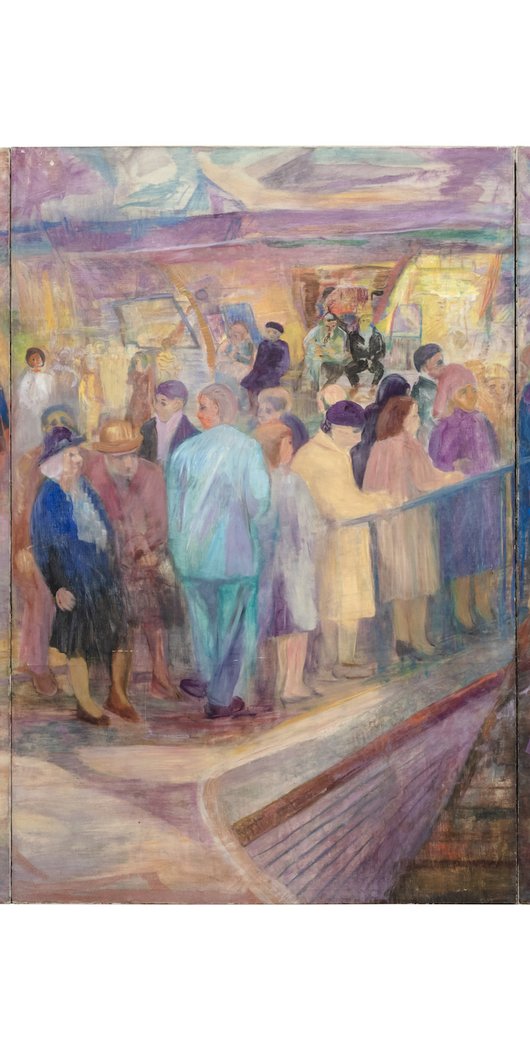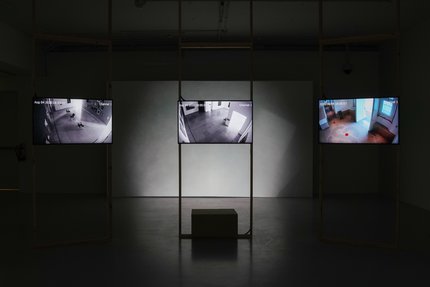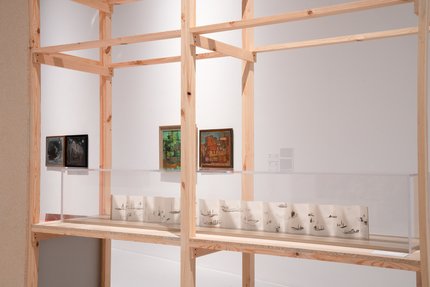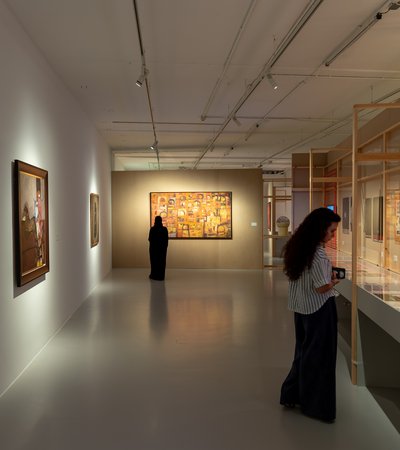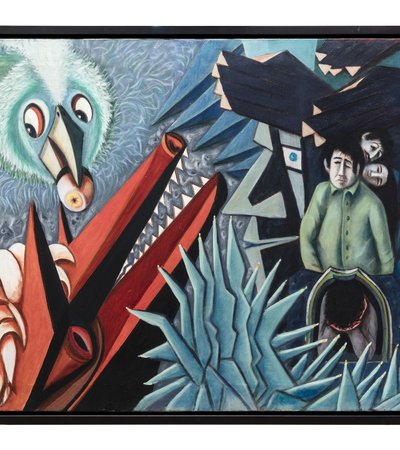Q. Cities from the global south are often romanticised for their resilience in ways that are reductive, harmful and informed by orientalist imaginings. As curators, how do you avoid indulging these tropes?
Bardaouil: This is a very good question. I think for us, bringing in a contemporary work that was commissioned for the show, by Joana Hadjithomas and Khalil Joreige, was about ensuring agency, and keeping the gaze framed by the eyes of someone who has witnessed these events, who comes from that place. We’re not talking for them, they’re talking for themselves. And they are artists who, in a way, are the continuation of a lineage of artists who also dealt with struggle, conflict and war back in the 1970s and the ‘60s.
The exhibition starts with a leporello by Etel Adnan, looking at the destruction of the ships in the port, the myth of the port. It also ends with the port, with new work by Joana Hadjithomas and Khalil Joreige. So in a way, we created a loop that starts back then and continues until the very unfortunate explosion of 2020 – and we ensure that the narrative is told through the works and the eyes of those who have lived through these events. This was one of the strategies we employed in order to diminish the external gaze as much as possible.
The exhibition is at once an homage, a celebration and a criticism. It is not about praising and it is not about denouncing; we have tried to put forward a balanced approach, informed by the shortcomings and the achievements, by the high points and the prolific art scene, but also by the inability of artists to detach themselves from their political context.
Of course, there are dangers when you are trying to narrate these very complex stories and realities through art. I think the only way to avoid that is by giving a disclaimer from the get go. There is not one exhibition or one artwork that can summarise the complexity and the lived reality of so many people who are in themselves very different and sometimes even conflicted or dialogical. It is very important to state clearly that this is an inquiry into something, a questioning, a proposal, a reading, an assemblage of facts that are incomplete, and that this is an invitation to open the conversation further, to include more voices. Something Till and I try to do in all of our exhibitions is to use them as open platforms that trigger questions we believe are pertinent and important, that allow for a multitude of answers to come together and play with each other so we can just find new ways of thinking about issues that have been with us for a long time.
